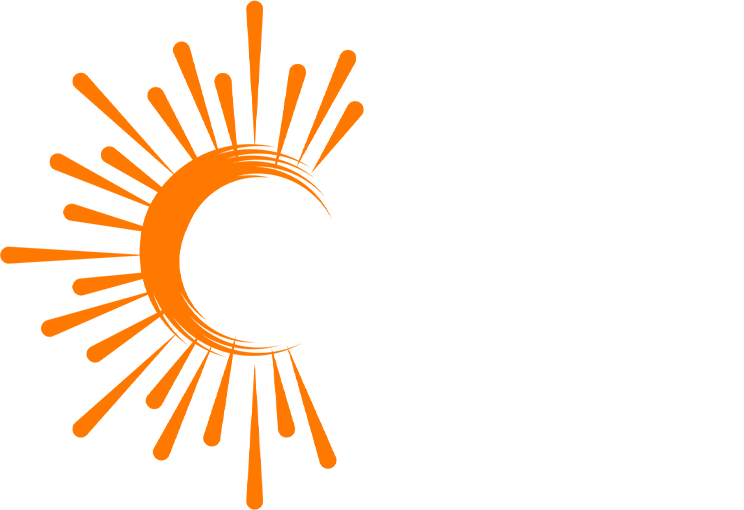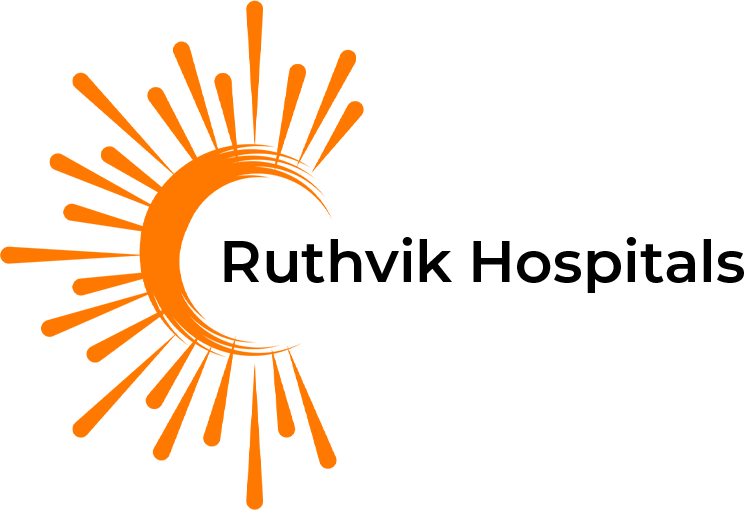Circumcision is the surgical removal of the foreskin (the skin covering the tip of the
penis).
Call Us when you Need Help!
24/7 Support: +91-73863 61609
What Is Circumcision?
Circumcision is the surgical removal of the foreskin (the skin covering the tip of the
penis). It is a common procedure performed for religious, cultural, medical, or
personal reasons. Traditional circumcision has been performed for centuries, but
modern medical advancements have introduced laser and stapler techniques that
offer improved precision, reduced healing time, and fewer complications.
What Are Laser and Stapler Circumcision?
1.Laser Circumcision
Laser circumcision uses a focused beam of light (laser)
to remove the foreskin. This method is less invasive than traditional surgery
and is known for its precision. The laser cauterizes the blood vessels as it
cuts, minimizing bleeding and reducing the risk of infection. Laser
circumcision is preferred by some because it is quicker, results in less post-
operative pain, and generally leads to faster recovery.
2.Stapler Circumcision
Stapler circumcision involves the use of a disposable
circumcision stapler device. The device cuts and staples the foreskin
simultaneously. It works by clamping the foreskin and applying surgical
staples to close the incision, which reduces the risk of bleeding. The staples
dissolve on their own after the skin heals. Stapler circumcision is also fast and
associated with minimal pain and scarring.
What Are the Types of Circumcision?
While circumcision techniques may vary depending on the approach and tools used,
the types based on the method of execution include:
Traditional (Surgical) Circumcision:
Involves manually cutting the foreskin
with a scalpel and closing the wound with stitches. It is the oldest and most
widely performed method
Laser Circumcision:
Uses laser technology to remove the foreskin with
minimal bleeding and a faster recovery time.
Stapler Circumcision
Uses a stapler device that cuts and seals the foreskin at the same time. The surgical staples are absorbed by the body as healing
progresses.
How Can Circumcision Be Diagnosed or Indicated?
Circumcision is often performed based on cultural, religious, or personal reasons, but
in some cases, it is indicated for medical conditions. A diagnosis may be made in the following situations:
Phimosis:
A condition where the foreskin cannot be retracted over the head
of the penis, causing discomfort or difficulty with hygiene. Phimosis can lead
to infections and urinary difficulties, making circumcision a common treatment.
Paraphimosis:
Occurs when the retracted foreskin cannot return to its
original position, leading to swelling and restricted blood flow. This is a
medical emergency requiring immediate circumcision
Recurrent Infections:
If an individual suffers from repeated infections of the
foreskin (balanitis), circumcision may be recommended to improve hygiene
and prevent further infections.
Penile Cancer Prevention:
In rare cases, circumcision may be performed to lower the risk of penile cancer, especially when there is a history of chronic infections or poor hygiene.
What Are the Different Treatment Options for Circumcision?
The choice of circumcision method depends on factors such as patient preference,
the surgeon’s recommendation, age, and the presence of medical conditions. Here
are the different options:
1.Laser Circumcision:
Procedure:
A laser beam is used to excise the foreskin. The
laser cauterizes blood vessels during the process, resulting in minimal
bleeding.
Advantages:
Reduced pain, minimal scarring, faster recovery, and lower risk of infection.
Recovery:
Healing typically takes 7 to 10 days, with minimal post-operative discomfort.
2.Stapler Circumcision
Procedure:
A circumcision stapler is used to cut and staple the
foreskin simultaneously. The device secures the edges of the skin with
surgical staples that dissolve over time.
Advantages:
Quick procedure, minimal blood loss, less post- operative pain, and a neat incision.
Recovery:
Healing is usually rapid, with minimal scarring. The staples dissolve on their own, so there is no need for removal.
3.Traditional Surgical Circumcision:
Procedure:
The foreskin is manually cut using a scalpel, and the wound is closed with stitches. This is the most commonly
performed method.
Advantages:
Well-established and widely used, suitable for all ages.
Recovery:
Healing time is longer, often 2 to 3 weeks, with
possible swelling and discomfort.
4.Plastibell Method (for infants):
Procedure:
A small plastic ring is placed around the foreskin, and a ligature is tied to cut off blood supply. The foreskin falls off along
with the ring in a few days.
Advantages:
Minimally invasive, no need for stitches, minimal bleeding.
Recovery:
The ring falls off within 7 to 10 days, and recovery is typically uneventful.
Aftercare for Circumcision:
Regardless of the circumcision method, proper aftercare is crucial to ensure smooth healing. Some general guidelines include:
Keep the area clean:
Wash the area gently with water and mild soap.
Avoid vigorous scrubbing.
Avoid sexual activity:
Refrain from sexual activity for at least 4 to 6 weeks to allow the area to heal.
Wear loose clothing:
Wear comfortable, loose-fitting clothes to
prevent irritation and rubbing against the incision.
Pain management:
Over-the-counter pain relievers like ibuprofen may
help alleviate post-surgical discomfort.

Conclusion:
Circumcision using laser and stapler techniques provides modern, efficient, and
minimally invasive options with faster recovery times and fewer complications
compared to traditional methods. Whether circumcision is needed for medical
reasons or personal choice, consulting with a healthcare professional to select the
most appropriate method is important to ensure optimal results and proper healing
For advanced and painless circumcision procedures using laser and
stapler techniques, visit Rutvik Hospitals for expert care and comfort.
Wear loose clothing:
Wear comfortable, loose-fitting clothes to
prevent irritation and rubbing against the incision.
Pain management:
Over-the-counter pain relievers like ibuprofen may
help alleviate post-surgical discomfort
FAQs About The Service
There are many questions about the service, we have selected frequently asked questions about this service. If you do not see your answer, please contact us.
Can I know the doctors’ credentials?
Cras facilisis quam placerat massa euismod accumsan. Nulla ac neque non sapien blandit blandit Aenean malesuada porta sapien, in interdum urna commodo.
If I’m taking a companion, when can he or she travel?
Cras facilisis quam placerat massa euismod accumsan. Nulla ac neque non sapien blandit blandit Aenean malesuada porta sapien, in interdum urna commodo.
What happens if I need follow-up?
Cras facilisis quam placerat massa euismod accumsan. Nulla ac neque non sapien blandit blandit Aenean malesuada porta sapien, in interdum urna commodo.
What Does Medical Tourism Corporation charge?
Cras facilisis quam placerat massa euismod accumsan. Nulla ac neque non sapien blandit blandit Aenean malesuada porta sapien, in interdum urna commodo.
Services
- Painless Burns Treatment
- Skin Grafting Surgeries
- Foot Corns and Ulcers Treatment/
- Diabetic Foot and Nail Removal Surgery
- Abdomen Obstruction
- Anal Fistulas
- Circumcision Laser And Stapler
- Anal Fissures
- Piles Hemorrhoids
- Hysterectomy
- Gallbladder Stones
- Apendicitis Surgery
- Laproscopic Surgery
- Breast Surgery
- Thyroid Surgery
- Penal Swelling
- Cysts and Lumps
Why Choose Us?
Experience and Expertise
Pathology Analysis
Customer Focused
Honesty and Integrity
Reasonable Treatment Prices
Address Business
Anand Nagar, Pothinamallayya Palem, Visakhapatnam
Contact With Us
Mail Us: ruthvikhospitals@gmail.com
Call Us 24/7: 73863 61609
Call Us 24/7: 73863 61609
Working Time
Monday - Saturday: 7.00am - 19.00pm
Sunday: 8.30am - 19.30pm
Sunday: 8.30am - 19.30pm

